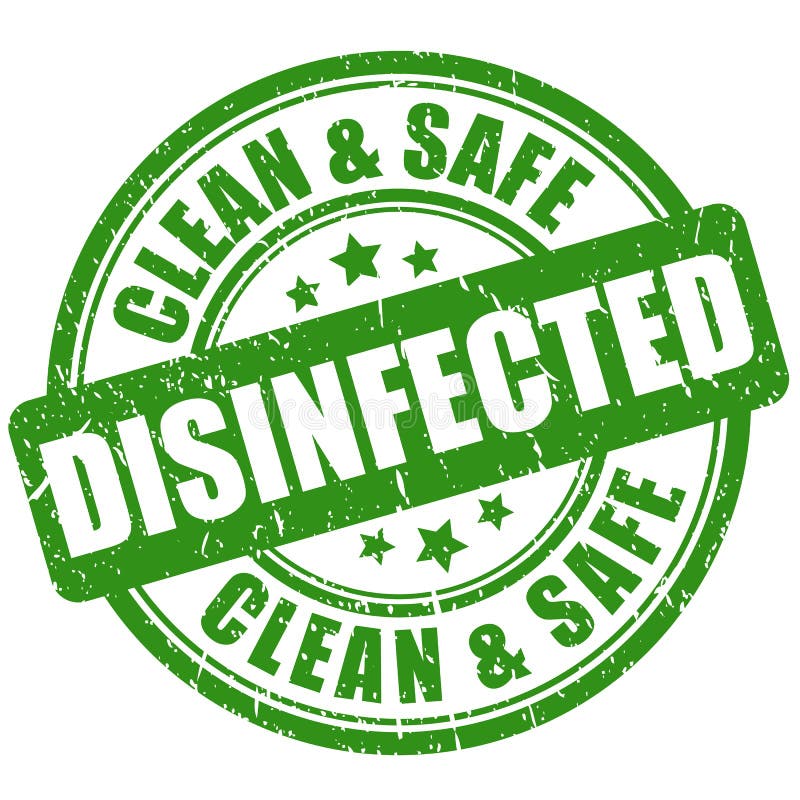This review covers different antimicrobial substances, systems, and approaches used in food packaging, with a focus on natural antimicrobial agents and their effectiveness in various food products. Antimicrobial packaging is a groundbreaking innovation set to redefine the food industry. By releasing antimicrobial substances that inhibit the growth of specific microorganisms, this form of active packaging enhances food quality and safety during extended storage periods. The advent of antimicrobial packaging could significantly prolong the shelf life of food products, thereby reducing food waste and increasing consumer satisfaction. As the demand for fresh, safe, and high-quality food products escalates, so does the need for antimicrobial packaging. This technology is poised to become a standard in the food industry, replacing traditional packaging methods and paving the way for a sustainable future.
A Deep Dive into Antimicrobial Packaging
The article “Antimicrobial Packaging Systems for Extending Food Shelf Life” by Jideani et al. (2021) provides an extensive overview of the concepts, mechanisms, applications, and challenges of antimicrobial packaging for food preservation. This innovative technology releases antimicrobial substances that suppress the growth of specific microorganisms, thereby improving food quality and safety during long-term storage. The use of antimicrobial packaging can significantly extend the shelf life of food products, reducing food waste and enhancing consumer satisfaction.
The development of antimicrobial packaging is driven by the increasing demand for fresh, safe, and high-quality food products. As consumers become more health-conscious and aware of food safety issues, the demand for antimicrobial packaging is expected to grow. Moreover, the global trend towards sustainable and eco-friendly packaging solutions further fuels the development of antimicrobial packaging.
In the future, antimicrobial packaging could become a standard in the food industry, replacing traditional packaging methods. With continuous research and development, the effectiveness and efficiency of antimicrobial packaging are expected to improve, making it a viable and cost-effective solution for food preservation.
The Role of Antimicrobial Agents
Antimicrobial agents are substances that control or reduce the growth of non-desirable microorganisms on the food surface. These agents can be categorized into natural or chemical (synthetic) agents, and their application often depends on the packaging material. Natural antimicrobial agents include substances like essential oils, organic acids, and enzymes, while chemical agents include substances like preservatives and disinfectants.
The choice of antimicrobial agent depends on several factors, including the type of food product, the desired shelf life, and the regulatory requirements. For instance, natural antimicrobial agents are often preferred for organic food products, while chemical agents might be used for products with a longer shelf life. It’s important to note that the use of antimicrobial agents must comply with food safety regulations to ensure consumer safety.
The use of antimicrobial agents in food packaging is a complex process that requires careful consideration and planning. The effectiveness of the antimicrobial agent depends on its ability to inhibit the growth of microorganisms, its compatibility with the packaging material, and its stability during storage. Therefore, the development of antimicrobial packaging involves extensive research and testing to ensure its safety and effectiveness.
The Future of Antimicrobial Systems
Antimicrobial systems are methods of incorporating antimicrobial agents into packaging materials. These systems can take various forms, such as sachets, films, coatings, and immobilization. Depending on the release mechanism of the active agent, these systems can be classified into migrating or nonmigrating systems.
Migrating systems involve the release of the antimicrobial agent from the packaging material into the food product. This type of system is commonly used for perishable food products that require a high level of protection against microorganisms. On the other hand, nonmigrating systems involve the immobilization of the antimicrobial agent on the surface of the packaging material, preventing its migration into the food product.
The choice of antimicrobial system depends on the specific requirements of the food product and the desired level of protection against microorganisms. By choosing the appropriate antimicrobial system, food manufacturers can ensure the safety and quality of their products, while also extending their shelf life.
Conclusion
Antimicrobial packaging represents a promising solution for the future of food preservation. By incorporating antimicrobial agents into packaging materials, food manufacturers can enhance the safety and quality of their products, while also reducing food waste. As research and development in this field continue, we can expect to see more innovative and effective antimicrobial packaging solutions in the future. This review covers different antimicrobial substances, systems, and approaches used in food packaging, with a focus on natural antimicrobial agents and their effectiveness in various food products.
Reviewed by Dr. Deniz Eren Erisen
